…for Gloria
Gloria Kisch, Jane Gifford, and Allison Halter
October 13, 2019 – March 1, 2020
dieFirma NYC

dieFirma’s inaugural exhibition centers around the work of sculptor Gloria Kisch (1941–2014). It will be the first posthumous exhibition of her career, which spanned over 50 years
Two bodies of work by Kisch will be exhibited: The Bells (2001) and Flowers (2007–13).
The Bells are a series of mobile-like sculptures, some as tall as 12 feet, that were completed in the early 2000s. The stainless-steel forms evoke religious totems, the vernacular of modernist sculptures, and the visual language of industrial manufacturing in equal measure. The relationship to the human body and scale is evident in formal attributes as well as performative aspect of the sculptures; each work includes a sonic component, hence the title of the series.

With Flowers, Kisch rendered whimsical natural forms in both bare and colorfully painted steel. Most are designed to be mounted on the wall, appearing like paintings growing out towards the viewer. The series were last shown in 2007, when Kisch’s metal flowers were exhibited alongside Dale Chihuly’s glass flowers at East Hampton’s Vered Gallery.
In addition to Gloria’s work, dieFirma has invited other makers to contribute to the exhibition, producing a dialogue between process and medium, past and present.
British painter Jane Gifford will contribute 54 watercolors, each one depicting a different work from Gloria’s oeuvre.
Allison Halter has created a site-specific performance titled “The Bells, The Bells!” which will include a small chorus responding to the sonic component of Kisch’s sculptures on the three new moons of the exhibition (October 13, November 12, and December 12).

Gloria Kisch was born in New York City in 1941. She was the daughter of a German immigrants. After completing her first undergraduate degree at Sarah Lawrence College in 1963, she enrolled at the Otis College of Art and Design in Los Angeles where she studied alongside artists such as Bas Jan Ader and Barry Le Va. She went on to attain both a BFA and an MFA in 1969 from Otis and embarked on a series of hard-edge paintings that defined much of her output until she abandoned the medium entirely in 1971. Thereafter, her output was dedicated to sculpture, of varied scale and materials, primarily of a post-minimalist approach and aesthetic.
Throughout the 1970s, Kisch was a part of the intimate circle of both feminist and post-minimal artists living and working near her in Venice Beach, California, including Judy Chicago, John Baldessari, and many others. In 1982 she moved back to New York, settling in the East Village where she dedicated her process to metal working in bronze, aluminum and stainless steel. A decade later, she bought a 40-acre space in Flanders, Long Island, where she devoted the rest of her life to metal work across all scales, with particular interest in monumental, outdoor work that reflected her interest in nature and the environment.
Through the 1980s and 90s she exhibited prolifically at venues that included PS1, New York; Bergen Museum of Art, New Jersey; Virginia Museum of Fine Arts, Richmond; Parrish Art Museum, Southampton; the Denver Art Museum, Colorado; LACMA, Los Angeles, among others. In 2009, she published Gloria Kisch: Fusion of Opposites, a monograph that spanned her career. Gloria’s sudden death in 2014 left behind a trove of works, many of which have never been shown publicly.



























Gloria Kisch: Works

Max's Cage, 1990

Sliding Down the Mountain III, 1990

Sliding Down the Mountain IV, 1990

Doughnut Chair, 1991-94

Balanced, 2005-06

Bench (Similar to Balanced), 2005-06

Flower I, 2007

Flower 7, 2007-09

Flower 19, 2007-09

Flower 20, 2007-09

Ceremonial, 2009

Flower IV, 2009

Flower VII, 2009

Flower X, 2009

Flower XI, 2009

Flower 10, 2011

Flower 15, 2011

Bell (Title Unknown- Large Chandelier), Year Unknown

Om, 2004-06

Bell II, 2001

Bell (Title Unknown-Chandelier), Year Unknown

Bell VI, 2001

Bell VIII, 2001

Bell XI, 2001

Bell XIII, 2001

Bell XII, 2002

Bell XIX, 2003

Bells XVIII, 2003

Bell (Title Unknown-Cow Bell), Year Unknown

Bell (Title Unknown- Small Om), Year Unknown

Bell XVII, 2003
Jane Gifford: Drawings

No. 1 (Reed Flower, 2008), 2018

No. 2 (Triumphant Flower, 2003), 2018

No. 3 (Endangered Species 8, 1993), 2018

No. 4 (Vestige, 1994), 2018

No. 5 (Moon Dancer, 1995), 2018

No. 6 (Atlas, 2009), 2018

No. 7 (Gloria Edits- Kischld), 2018

No. 8 (Two, 2003), 2018

No. 9 (Gloria Edith), 2018

No. 10 (The Flower, 1987), 2018

No. 11 (Balloon Dance II, 1989), 2018

No. 12 (In the Reeds, 2003), 2018

No. 13 (Endangered Species 10, 1993), 2018

No. 14 (Holeness, 1989-91), 2018

No. 15 (Synthesis, 2005-06), 2018

No. 16 (Grand Reed, 2006), 2018
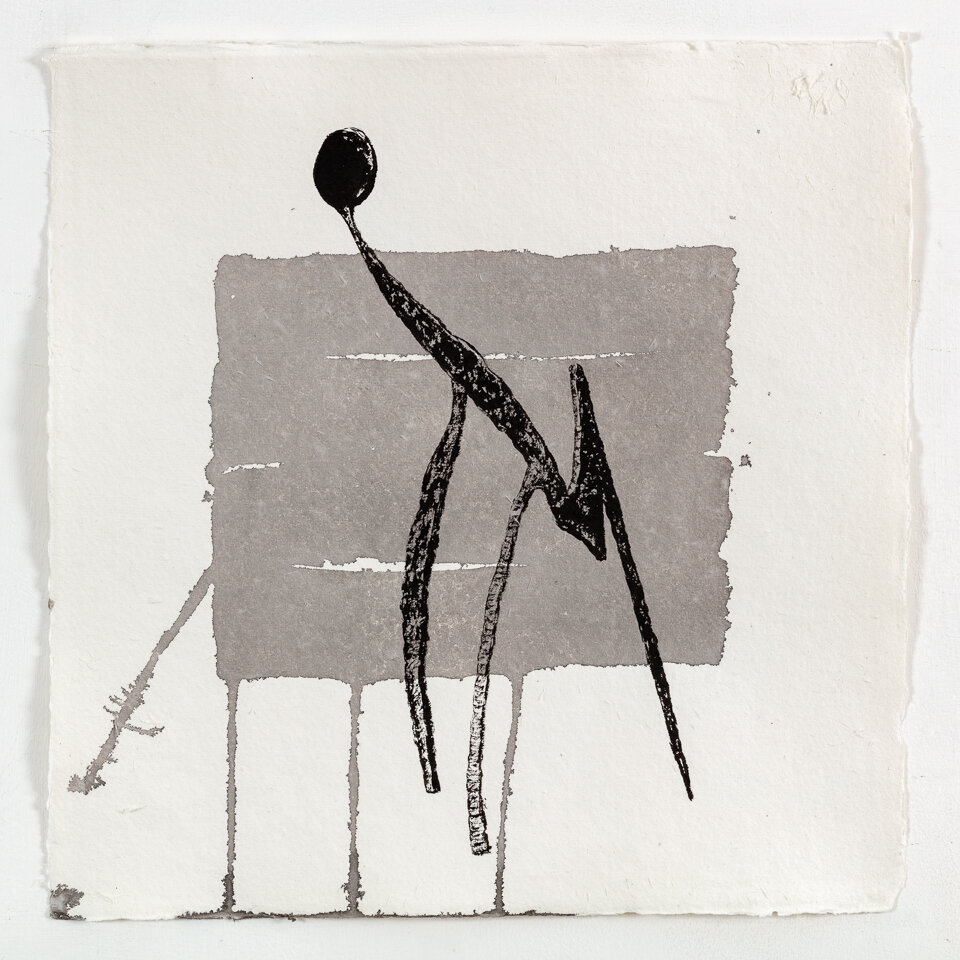
No. 17 (Gloria Edith), 2018

No. 18 (Couple, 1989), 2018

No. 19 (017 Double), 2018

No. 20 (King and Queen, 1975), 2018

No. 21 (The Juggler, 1991-92), 2018

No. 22 (Cretion, 1988), 2018

No. 23 (Naga Installation, 2005), 2018

No. 24 (Reed Flower, 2007), 2018

No. 25 (Stork, 1991), 2018

No. 26 (Magic Ball, 1988), 2018

No. 27 (Endangered Species 5, 1993), 2018
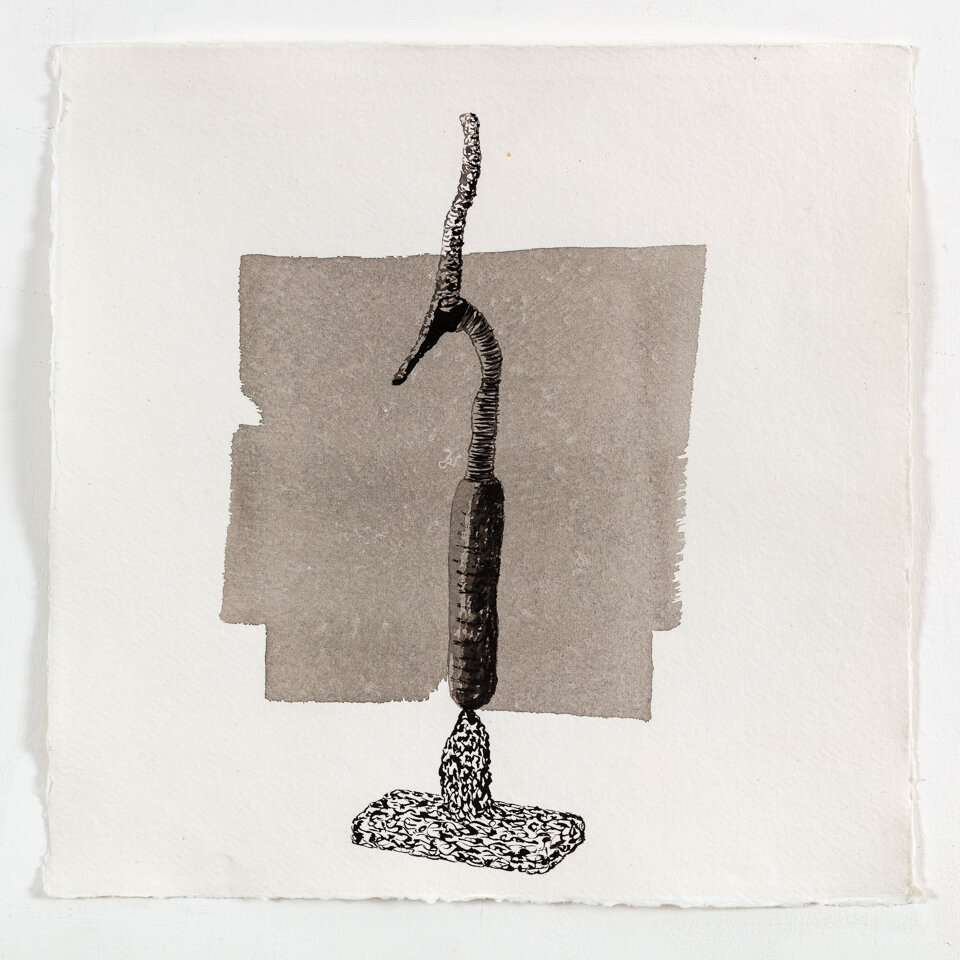
No. 28 (Serpent, 1992), 2018

No. 29 (Gloria's Music Stand, 1992-95), 2018

No. 30 (The Flower, 2003), 2018

No. 31 (Bell XI, 2001), 2018

No. 32 (Junglet, 1989-92), 2018

No. 33 (Gateway, 1975), 2018

No. 34 (Balancing, 2008), 2018

No. 35 (Standing Flower I, II, 2007), 2018

No. 36 (Porcupined I, II, 2008-09), 2018

No. 37 (Blowing, 1989-93), 2018

No. 38 (Grand Nagas, 2007), 2018

No. 39 (Standing Flower IV, III, 2007), 2018

No. 40 (From the Mounds, 2003), 2018

No. 41 (Balloon Dance I, 1989), 2018

No. 42 (When the Moon Dreams, 1995), 2018

No. 43 (Grand Mound Reed, 2003), 2018

No. 44 (Standing Flower, 2007, Gloria Edith), 2018

No. 45 (Gloria Edith Kisch), 2018

No. 46 (Revisited Octopi, 2009), 2018

No. 47 (Octopus VI, 2000), 2018
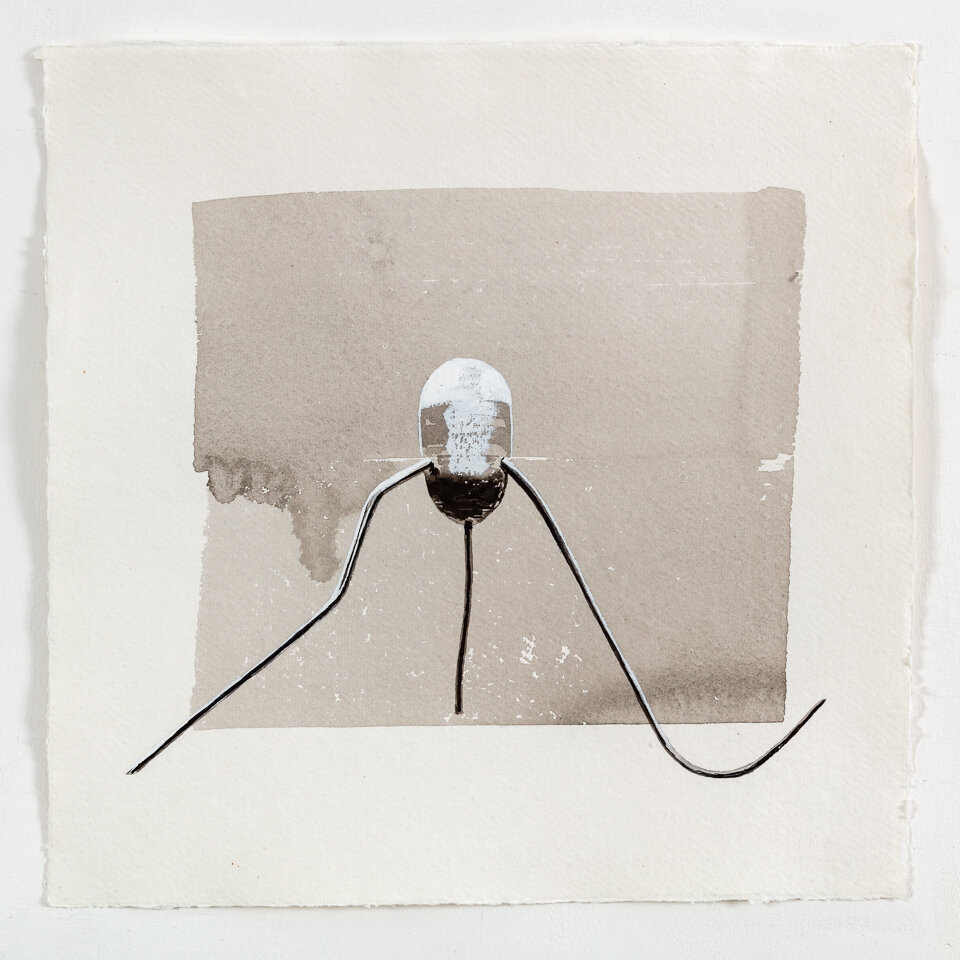
No. 48 (Gloria Edith, 1981), 2018

No. 49 (Helmet, 1991), 2018

No. 50 (Seated Flower, 2004), 2018
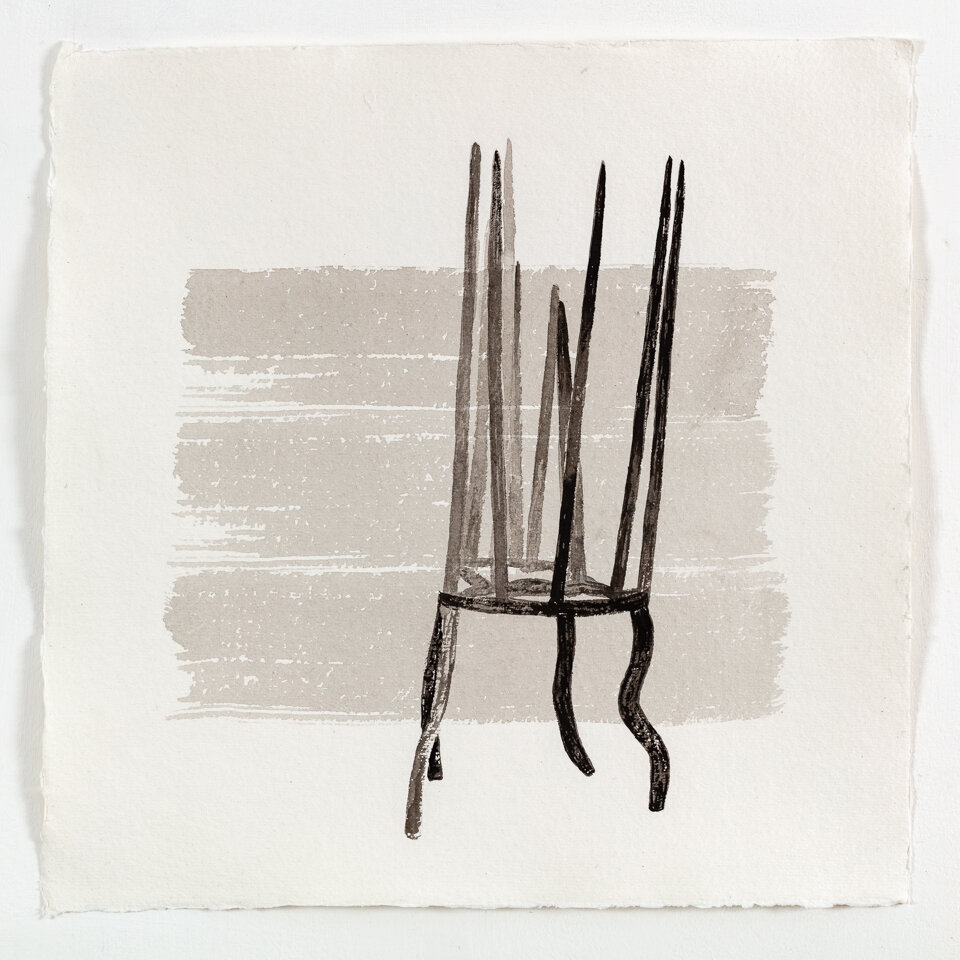
No. 51 (Osiris, 2007), 2018

No. 52 (Star Pointer I, 2007), 2018

No. 53 (Ghost, 1986), 2018

No. 54 (Big Apple Christmas Tree, 1987), 2018
3 Ponds Studio Visit: Kisch’s Flowers

Photographing 3 Ponds Studio

Andrea Stern: Photographs












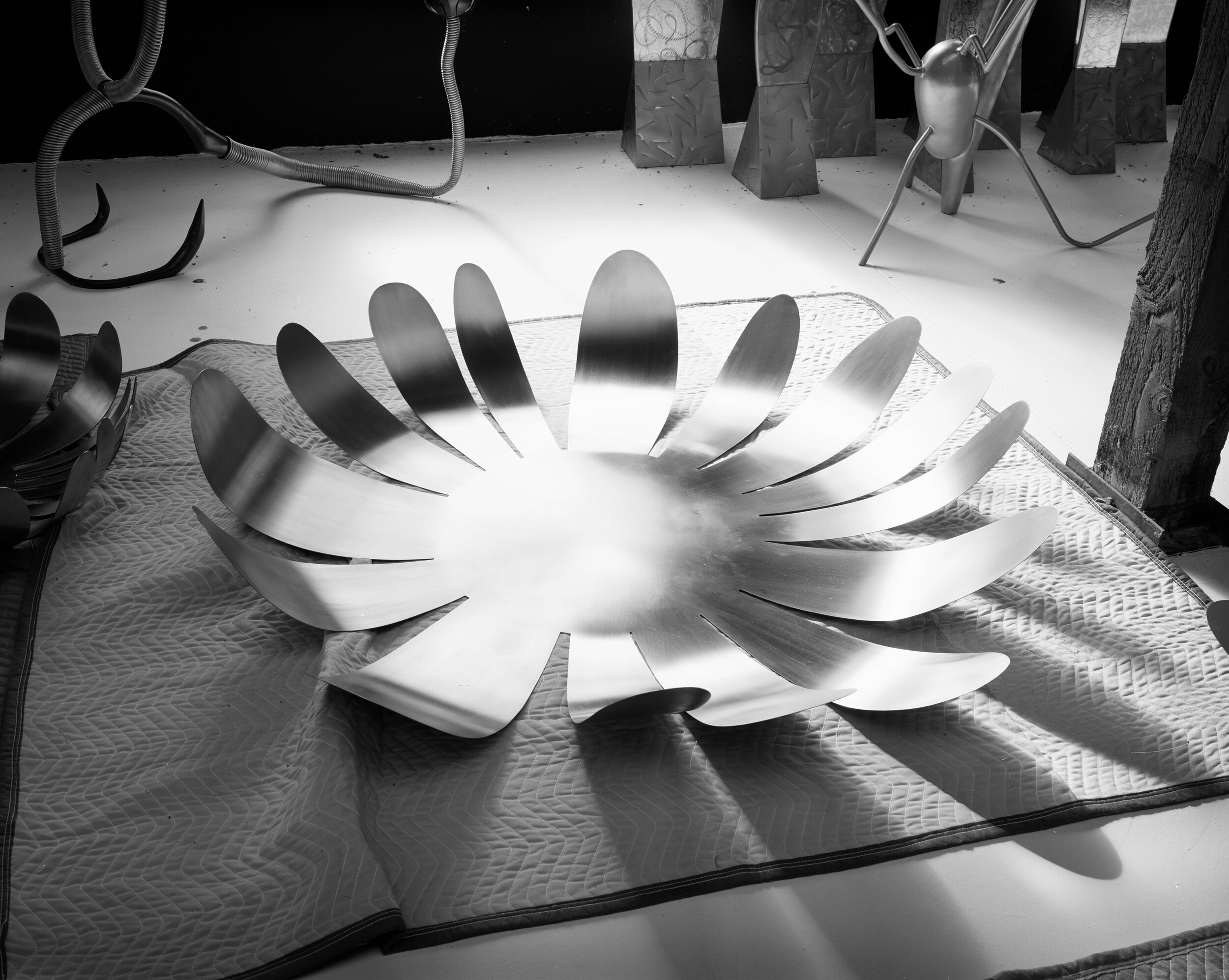

Press
Gloria Kisch: Immortal Flowers
Concept and Editing: Andrea Stern, Kenneth DiPaola, and Victor Sira
Publisher: dieFirma & bookdummypress, 2019
85 Pages
H 10 1/4” x 7 1/2”
4 Color, offset
Soft-cover
Printed and bound in Japan
First Edition (/500)
Texts by Andrea Stern and Jane Gifford
English




